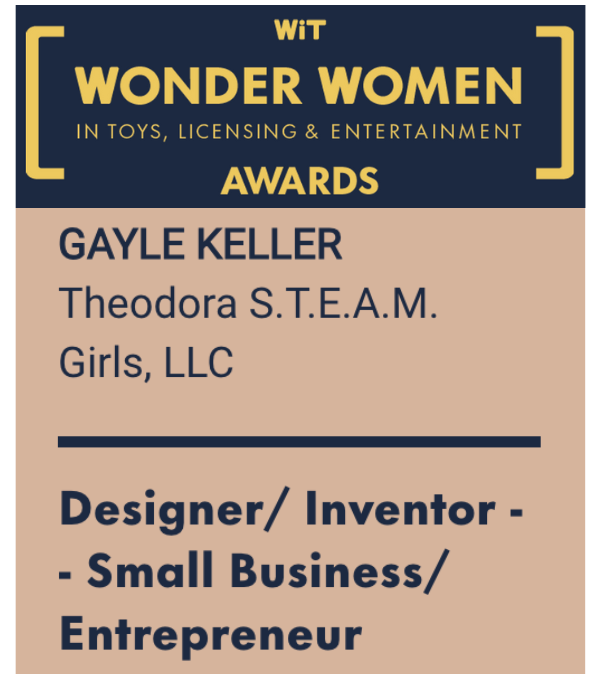STEM is far more vast than mere calculations and laboratory experiments. But with this broad perspective, why is it still a barrier for girls to pursue their STEM careers? Yes, sadly! Gender often becomes a roadblock for girls to thrive in this tech-driven world. There are multiple reasons that can lead to this unjust!
But don’t let this worry you. Equal opportunities for girls to pursue their interests can create an equitable future in STEM. Let’s dig into the issues and find ways for empowering little girls in STEM!
1. Gender Bias
Gender bias remains a common issue for girls in STEM fields. Girls often encounter situations where it is imposed that they are less capable than males. These biases significantly impact girls’ confidence and opportunities in STEM.
Girls from underprivileged backgrounds often face additional barriers to accessing opportunities in STEM. This includes limited access to quality education, technology, and extracurricular programs. Even within educational settings, girls may encounter unconscious bias from teachers, mentors, and peers.
2. Not Enough Representation
It’s a dilemma that girls find not enough feminine representation in STEM. The lack of visible role models poses significant challenges for them. Without seeing women succeeding in STEM professions, girls find it difficult to think of themselves following similar paths. This results in girls questioning themselves whether STEM careers are viable options for them.
Moreover, the absence of visible role models gives the wrong idea that STEM is a male-dominated domain. It reinforces the notion that girls do not belong to these fields. Everyone needs to see that anyone can excel in these fields.
When girls do not see other girls succeeding in STEM, they may struggle to see themselves in these roles. A lack of representation can lead to feelings of isolation, discouraging future change makers from pursuing their dreams. It further deterred girls from pursuing their interests in STEM.
Additionally, the absence of representation can contribute to a lack of mentorship opportunities for girls. Without access to role models, girls may struggle to navigate the challenges they encounter along their journey.
3. Societal Expectations
Society’s ideas about what girls should do often affect their choices in STEM. These ideas come from cultural norms that say girls should only do certain things. This can make girls feel like they shouldn’t be interested in STEM and should focus on more “girly” things.
From a young age, girls might hear that they’re not good at math or science. This can come from family, friends, teachers, and what they see in movies. It makes them think that certain jobs are only for boys or girls.
Another problem with cultural norms is that girls might feel like they don’t fit in if they like STEM. In jobs where mostly men work, girls might feel unvalued. This can make them feel like they’re not good enough. It often leads to situations when girls pretend to be something they’re not.
Also, society emphasizes women should stay home and take care of the family. It can make girls think they shouldn’t try to do jobs in STEM. This makes them feel like they’re not important and their dreams in STEM are not worthy.
4. Lack of Support and Resources
The lack of support and resources for girls interested in STEM exacerbates the challenges they face. One significant issue is the absence of gender-inclusive and culturally relevant STEM education curricula.
Many educational institutions fail to provide curriculum materials and teaching methods that engage and inspire future change makers. It includes girls from different cultural backgrounds and learning styles. As a result, girls may feel disengaged in STEM classrooms. It leads to decreased motivation and participation in STEM activities.
Furthermore, the lack of support and resources for girls in STEM leads to systemic inequalities in educational and career outcomes. Girls from underprivileged backgrounds often face greater barriers to accessing quality STEM education.
Without access to essential resources such as technology, internet connectivity, and educational materials, these girls may be further marginalized and left behind in the increasingly technology-driven society.
Solutions to Empower Little Girls in STEM
To address these challenges and empower girls in STEM, several solutions can be implemented:
-
Implement Inclusive Training to Support Future Change Makers
Let’s deliver training modules for educators, employers, and industry professionals. It’s important to raise awareness and promote inclusive behaviors. This will revive the girls’ confidence who want to pursue STEM.
-
Increase Visibility of Female STEM Professionals
Organize regular seminars, panel discussions, and networking events with successful women in STEM fields. Highlight their achievements and career paths to inspire young girls.
-
Create Supportive Environments
Establishing mentorship programs can also be a great step. Pair girls with experienced professionals who can provide guidance and career advice. Foster a culture of collaboration in educational institutions and workplaces.
-
Provide STEM Education from an Early Age
Introduce STEM concepts and activities in early childhood education. It sparks the curiosity and interest in little minds. Offer hands-on learning experiences and introduce girls to STEM role models who are future change makers. You can also introduce educational toy dolls for girls to promote STEM at a young age.
-
Establish Supportive Networks and Communities
Create online platforms and clubs where girls can connect with like-minded peers. Share experiences and access resources in STEM fields. It also includes making policies and initiatives at local, national, and international levels.
By implementing these solutions, we can work towards creating a more inclusive and equitable STEM landscape.
Bottom Line
Simple efforts go a long way when it comes to empowering little girls in STEM. By addressing gender bias, increasing representation, challenging societal expectations, and providing adequate support, we can create a viable environment for girls in STEM fields. We need to use different solutions and push for big changes to make STEM fair for everyone. Girls should have the chance to follow what they love and do well in STEM.





